A Starship for Science
How SpaceX Starship holds the key to unlocking the outer Solar System
Overview
The innovative design and impressive capabilities of SpaceX's Starship launch vehicle have made waves in the aerospace industry. Starship, which is designed to be a fully reusable spacecraft, has the potential to revolutionise space exploration and transportation.
SpaceX Starship Overview
The Starship launch vehicle's powerful engines are one of its most impressive features. The Starship booster, called Super Heavy is outfitted with 33 sea-level Raptor engines using sub-cooled liquid methane (CH4) and liquid oxygen (LOX), which can generate a combined thrust of more than 7,500 tonnes. As a result, Starship-Super Heavy is the most powerful spacecraft in history, capable of carrying large payloads and travelling long distances with ease.
Starship is designed to be fully reusable, in addition to its impressive engines. This means that once a mission is completed, the spacecraft can be returned to Earth and refurbished for reuse in future missions. This represents a significant departure from conventional spacecraft, which are typically discarded after a single use.
Innovations
The innovative design of Starship also opens several possibilities for future human space exploration. The spacecraft can transport up to 100 people, making it an excellent choice for missions to the Moon. The spacecraft's impressive capabilities and reusable design could be used to transport people, equipment, and supplies to Mars and other planets, paving the way for permanent human settlements beyond Earth.
Starship is set to promise unmatched launch capabilities of 100 - 150 tonnes to Low Earth Orbit (LEO) in its reusable configuration, making it the most powerful workhorse for getting payloads to space. It has also been suggested that in an expendable configuration Starship could lift 200 tonnes to orbit, far beyond what is currently possible. The characteristics of Starship have excited all areas of the sector as the launcher's capabilities will enhance access to space and broaden the scope for commercial and scientific applications.
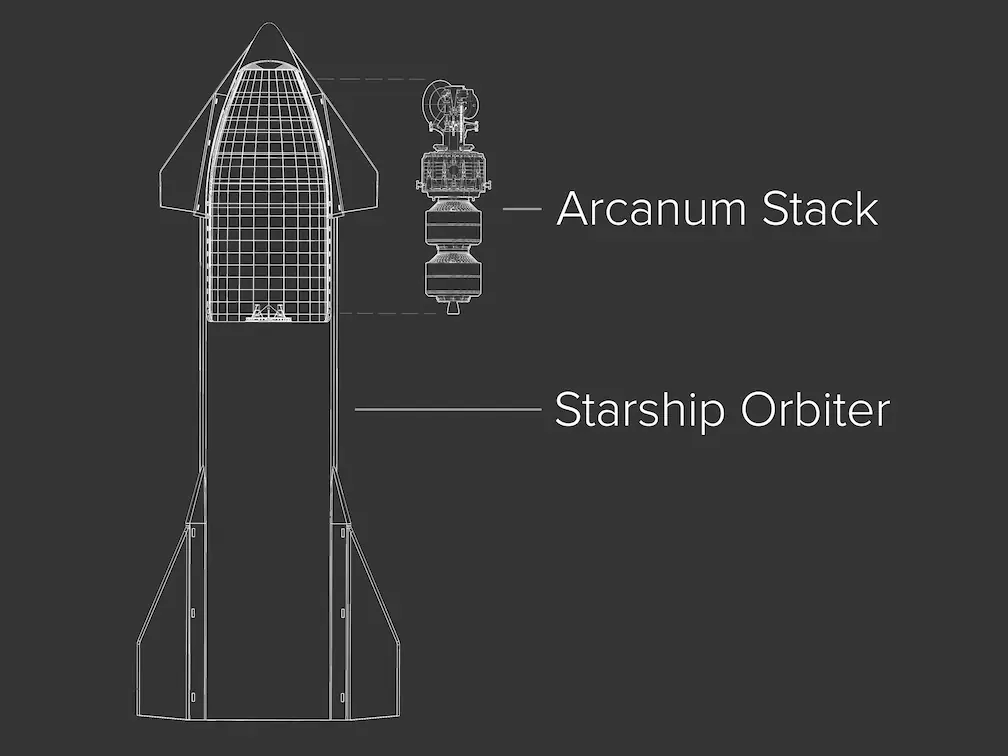
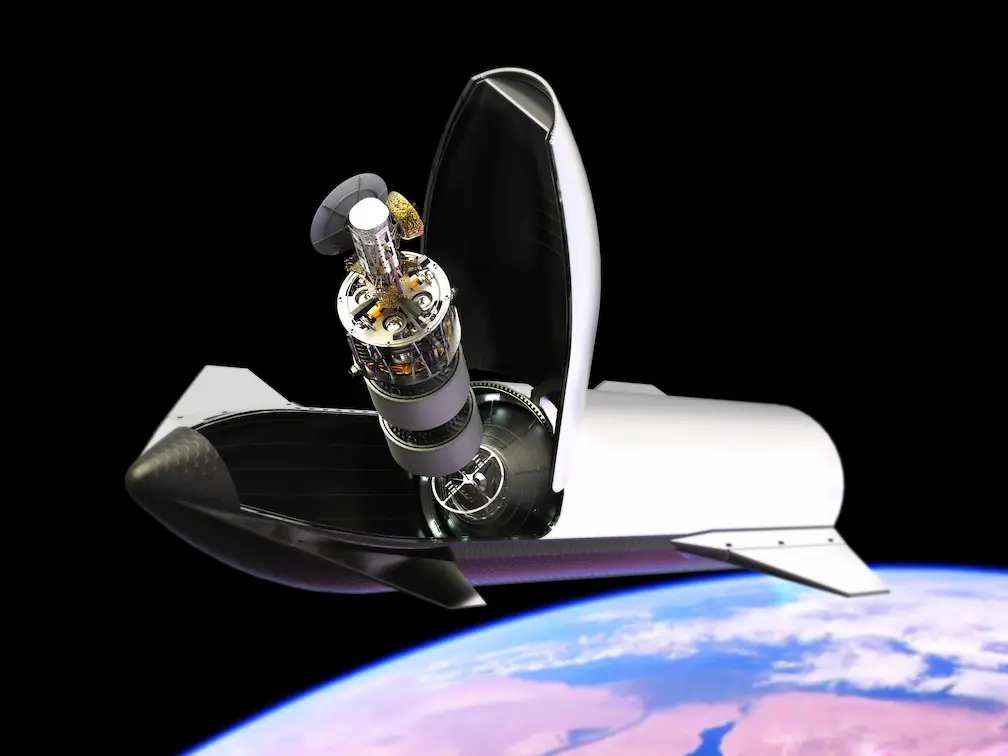

Aiming for a price as low as $500 per Kg to LEO, the vehicle is set to lower the barrier for entities wishing to send hardware to space. The lowered price for launch has many in the industry predicting a new industrial revolution in space as the low cost and heavy lift capabilities allow larger spacecraft and assets to be deployed. Starship could make way for larger space stations, on-orbit manufacturing hubs, space logistics networks, and interplanetary transports further expanding the industry's market value and productivity. However, with all the excitement about the applications of the large launch vehicle, little was explored in its application of aiding the development, expansion, and deployment of space science assets.
Developed by Conex Research, the Arcanum Mission was designed to highlight the potential benefits of Starship for science applications. The mission sought to showcase a large spacecraft that would travel to the outer Solar System and conduct a planetary survey of Neptune. The mission would act as a case study to aid in future proposals for space missions.
A Mission Enabled by Starship
Neptune has been visited only once in 1989 by a flyby of the Voyager 2 spacecraft. An odyssey is needed to uncover more about the blue planet's secrets. Conex Research's Co-Executive Director James McKevitt said in an interview for MIT Technology Review: “Nobody’s thinking on this next level about what Starship could enable.” Starship's science applications will be broad, enabling a new class of missions like Arcanum. Arcanum weighs in at 21 metric tonnes making the spacecraft four times heavier than the largest deep space probe to date, the joint NASA - ESA Cassini-Huygens mission, which explored Saturn from 2004 to 2017.
The Arcanum Mission consists of a large Neptunian orbiter named Somerville, a Triton moon lander called Bingham, and three deorbiting planetary penetrators. The mission currently consists of six technical papers, with more on the way. The mission intends for the Somerville-Bingham tandem to depart the Starship vehicle from a Geostationary Transfer Orbit (GTO). Igniting Arcanum's Earth Departure Stage (EDS), the vehicles would commence their journey to Neptune.
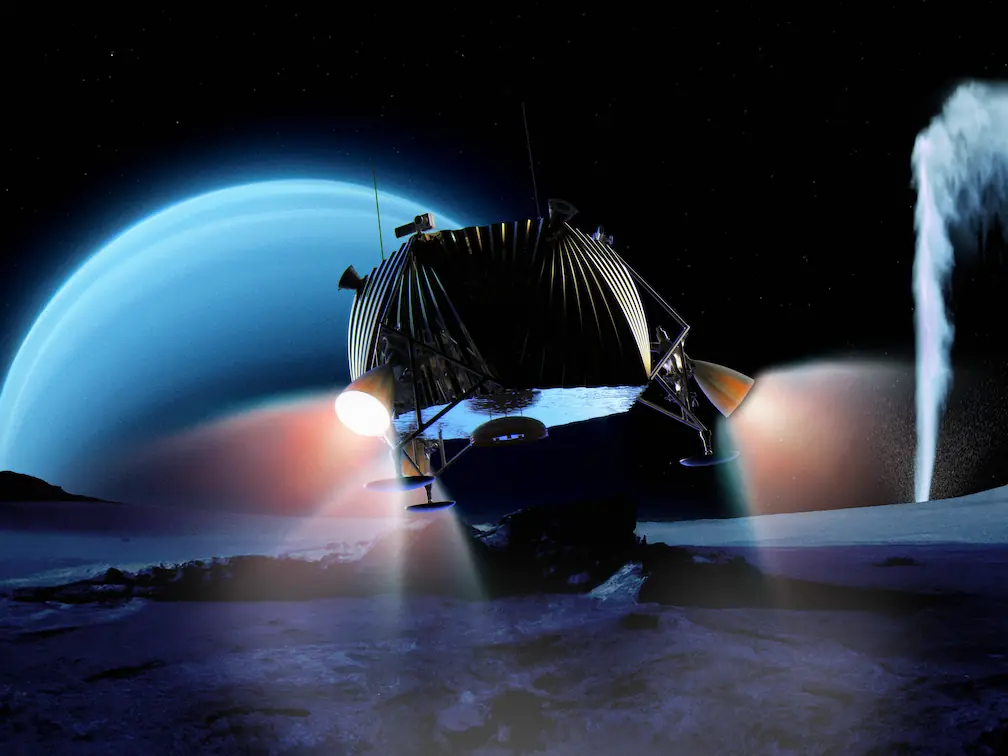
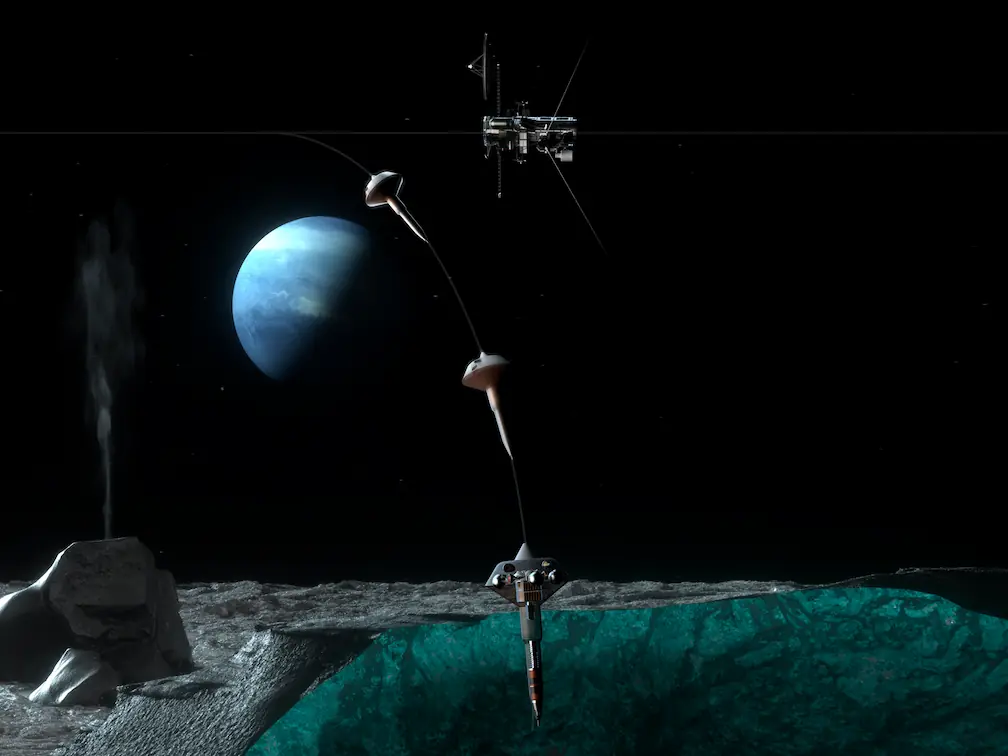
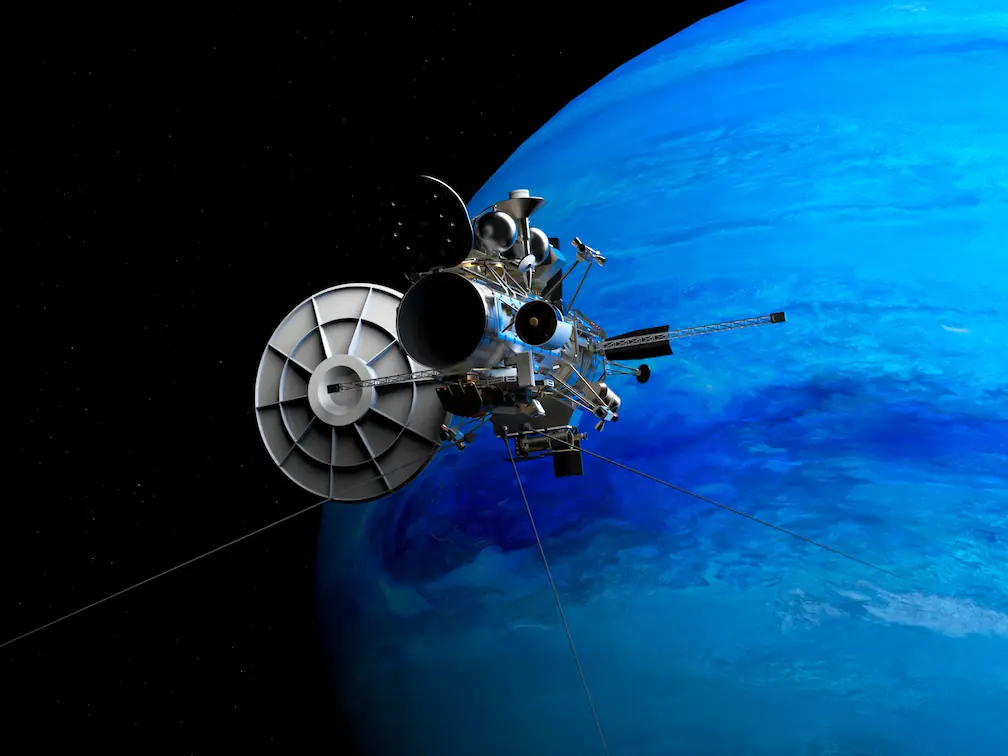
The Conex Team is excited to participate in the greater discussion of Starship’s applications to science and will continue to offer insights and developments into the Arcanum Mission and its benefit of Starship as a launch vehicle. The Conex Team looks forward to watching the first orbital launch attempt of Starship and the innovations to come.



